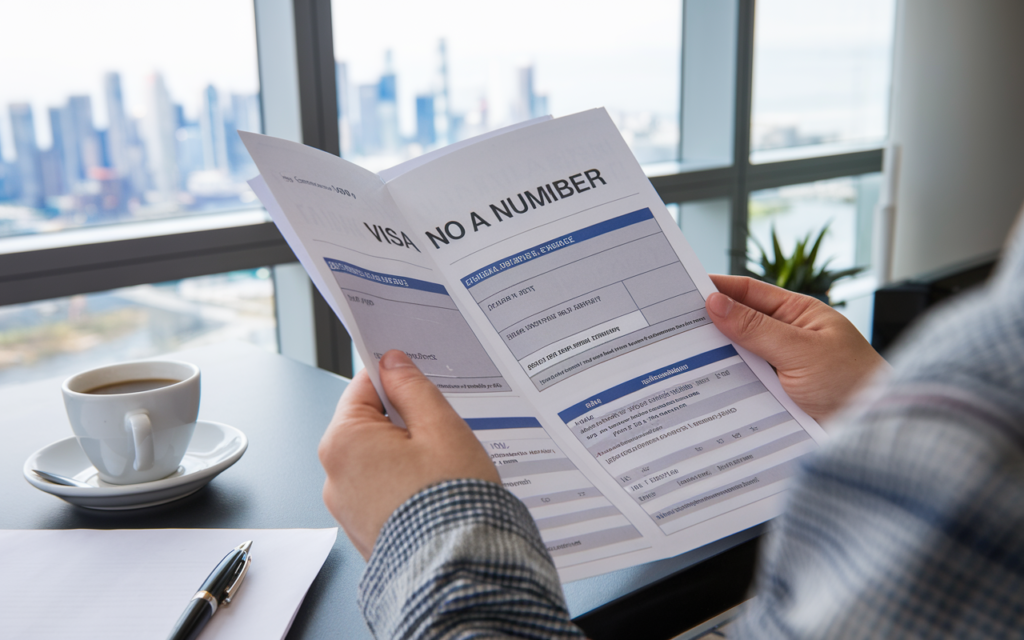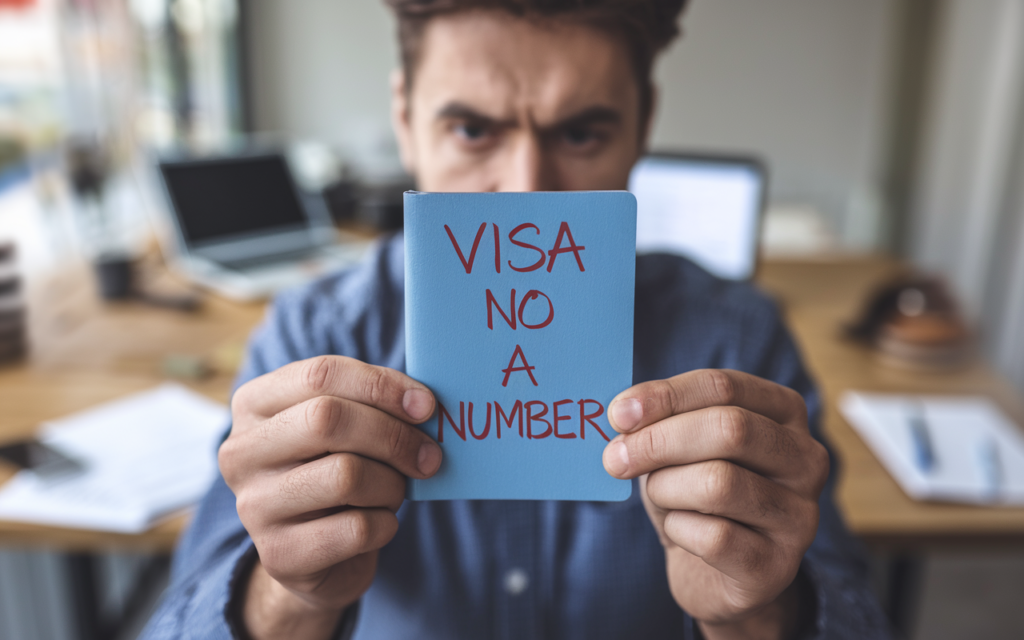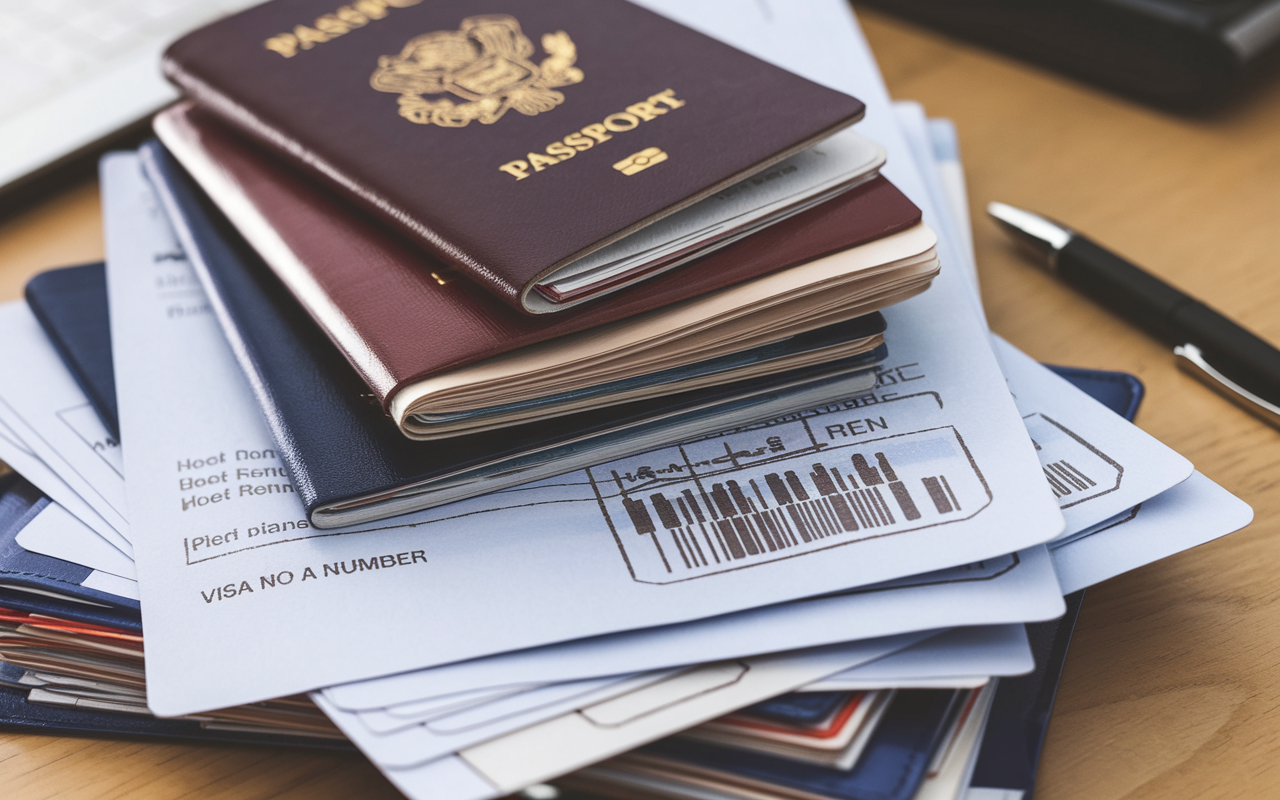Introduction
In the complex world of immigration and travel documentation, few terms raise as much curiosity and confusion as the phrase “visa no A number.” This term, often seen in official documents, holds significant importance in various immigration processes. For those navigating the intricate paths of visas, legal residency, or citizenship, understanding the implications of “visa no A number” is crucial. This article delves into the details, offering a comprehensive explanation of what this term signifies, why it matters, and how it affects individuals in different situations.
What is a Visa No A Number?
At its core, the phrase “visa no A number” refers to a combination of identifiers found in immigration paperwork. The “visa number” typically refers to a unique code assigned to a visa issued by a consulate or embassy, while the “A-number” stands for Alien Registration Number. Together, these identifiers play distinct roles in tracking and managing immigration cases. While the visa number is more commonly associated with temporary permission to enter a country, the A number is often linked to long-term immigration processes, such as applications for permanent residency or citizenship.
The “visa no A number” often appears in documentation when both identifiers are required for verification or case tracking. For individuals navigating the immigration system, understanding how these numbers are used and where they can be found is essential to avoid delays or misunderstandings in legal processes.

The Role of Visa Numbers in Immigration
Consular officers issue visa numbers as part of the visa application process. These numbers are typically printed on the visa stamp or sticker placed in the passport of the applicant. The visa number, which is usually a combination of digits and sometimes letters, serves as a unique identifier for the specific visa issued. It allows immigration authorities to verify the authenticity of the visa and track its issuance and validity.
In many cases, visa numbers are necessary for individuals to apply for extensions, changes of status, or adjustments to permanent residency. Without the visa number, these processes may be delayed, as it serves as a key reference point for officials handling immigration cases. Understanding the location and purpose of the visa number is particularly important for those dealing with frequent international travel or transitioning between visa categories.
The Significance of the A Number
The A number, or Alien Registration Number, is a unique identifier assigned to individuals who have applied for immigration benefits in the United States. Unlike visa numbers, which are specific to the visa granted, the A number is linked to the individual and remains consistent across multiple applications and immigration cases. This number is typically assigned when an individual first interacts with (USCIS) Citizenship and Migration Administrations or other pertinent relevant Authorities.
The “visa no A number” connection becomes particularly relevant in cases where both identifiers are required to process applications or track cases. For example, individuals adjusting their status from a nonimmigrant visa to permanent residency may need to provide both their visa number and A number to ensure their application is correctly processed.

Navigating the Visa No A Number Requirement
For many, the mention of “visa no A number” in application forms or instructions can be perplexing. It is important to understand when and where these identifiers are used. In many immigration forms, such as those for adjustment of status, work authorization, or naturalization, applicants are asked to provide their visa number and, if applicable, their A number.
The A number is often found on documents issued by USCIS, such as green cards, employment authorization documents, or notices of action. In contrast, the visa number is located on the visa stamp or sticker in the individual’s passport. Knowing the distinction between these identifiers and their respective locations can prevent errors in filling out forms and avoid unnecessary delays in application processing.
Common Scenarios Involving Visa No A Number
One common scenario where “visa no A number” becomes relevant is during the adjustment of the status process. For individuals transitioning from a nonimmigrant visa, such as an H-1B or F-1 visa, to permanent residency, providing both the visa number and A number is often required. It ensures that USCIS can link the individual’s nonimmigrant status to their permanent residency application.
Another situation involves the renewal or replacement of a green card. In these cases, applicants may need to provide their A number, which is printed on the existing green card, alongside details about their initial visa. By including the visa number, applicants help USCIS verify their entry history and eligibility for a new card.
Similarly, when applying for naturalization, the “visa no A number” requirement may appear. In this context, both identifiers serve as critical pieces of information to verify the individual’s immigration history and ensure a smooth transition to citizenship.
Challenges in Understanding Visa No A Number
Despite its importance, the concept of “visa no A number” can be challenging for many individuals to grasp. Because the terms are used inconsistently in various documents and forms, leading to confusion about what is being requested. For instance, some forms may refer to the visa number as a “control number,” while others use the term “visa foil number.”
Another challenge arises when individuals lose their documentation, such as a visa stamp or USCIS-issued notice. In such cases, retrieving the visa number or A number can be time-consuming and may require contacting the issuing agency or requesting a replacement document. It is advisable to keep copies of all immigration-related paperwork and maintain an organized record of relevant identifiers.

Importance of Accuracy in Providing Visa No A Number
Providing accurate information regarding “visa no A number” is critical for the smooth processing of immigration applications. Errors or omissions in these fields can lead to delays, denials, or requests for additional evidence. To minimize the risk of mistakes, applicants should double-check their documents and ensure that the numbers provided match the official records.
When in doubt, seeking assistance from an immigration attorney or accredited representative can be beneficial. These professionals have experience handling “visa no A number” requirements and can guide applicants through the process. Their expertise can help clarify any confusion and ensure that all necessary information is correctly submitted.
Conclusion
The term “visa no A number” may seem daunting at first, but understanding its significance and purpose can simplify the immigration process. By recognizing the roles of visa numbers and A numbers, individuals can navigate the complexities of immigration forms and requirements with greater confidence. Whether applying for a new visa, adjusting status, or seeking naturalization, being well-informed about “visa no A number” is an essential step toward achieving one’s immigration goals. With careful attention to detail and a proactive approach to record-keeping, applicants can ensure a smoother and more efficient experience in dealing with immigration authorities.


